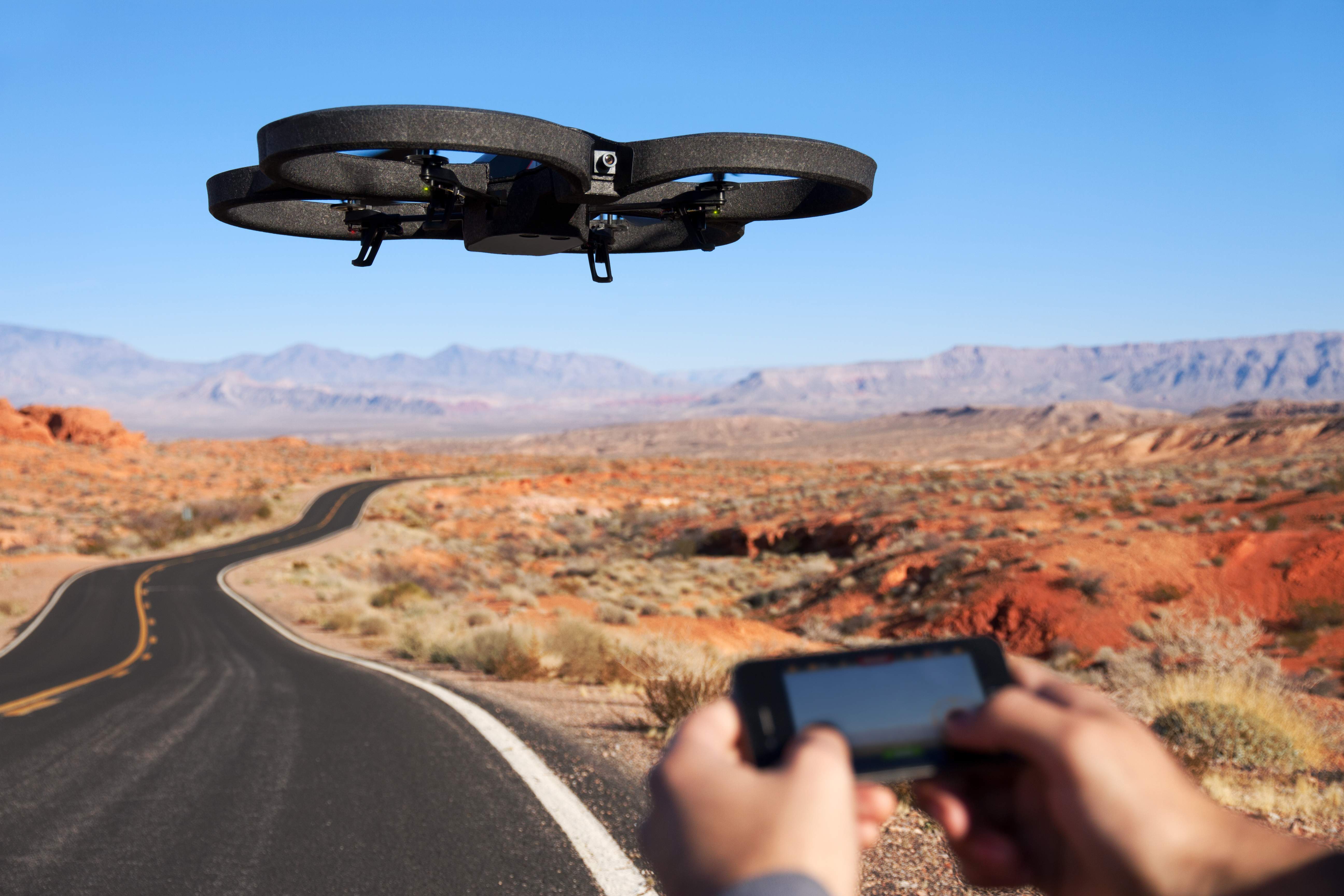 We almost didn't make it on the list, but at the last minute, several of the DroneJournalism.org developers and myself were able to get on the PanelPicker for SXSW Interactive.
We almost didn't make it on the list, but at the last minute, several of the DroneJournalism.org developers and myself were able to get on the PanelPicker for SXSW Interactive.We want to show one of the most important tech conferences in the country what Drone Journalism is all about, with a panel we call "Drones for Journalists: Reporting Evolved." We'll be taking the audience through the basics: what is a drone, how can journalists use them to cover live events and augment investigative journalism, and what's been done to this point. We'll also answer questions about ethics, regulation, and the DIY tech behind this emerging field of journalism.
Here's the description we put on the PanelPicker:
At the speed drone development is coming along, March seems pretty distant in the future. But we've got some pretty interesting things to show, and we anticipate even more impressive things (i.e. some brand new drone-assisted reporting that we have in the works) will happen by presentation time.Civilian and commercial drones are coming. As many as 30,000 drones, or unmanned aerial systems (UAS), will be flying in the national airspace within 8 years, by FAA estimates. For the first time, the kind of intelligence once reserved for governments is opening to journalists and the media. This panel brings together an expert in disaster reporting, a data-minded journalist who is developing drones to conduct investigations, and a former war reporter and Discovery Channel documentarian who uses a drone to record landscapes and events from a new perspective, to discuss how this technology is being used today, and how it may be applied in the future
We just have one problem. Many of these panels and presentations vying for a spot in this prestigious event had at least a couple more weeks than we had to generate votes (these votes count 30% to the ultimate decision). We are trying to get as many votes as possible to narrow the gap, so we can make it to SXSW and show the public what these drones are all about.
Hopefully we will see you in Austin this March.







